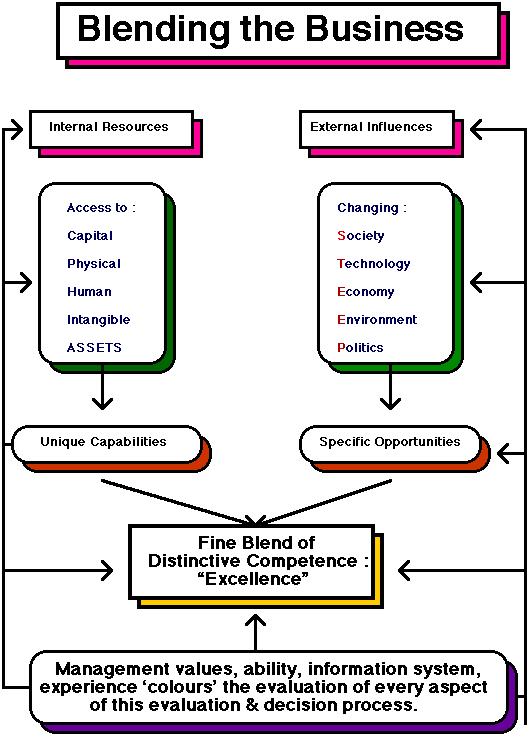Block 2: Pt 2:The What
In STEP TWO
we need to harness creativity (ours’ and others’) within a professional context. the big question is : ‘Where exactly should we apply our creativity?’ Please note: the question is NOT whether we need creativity or not: we do and increasingly we will if we want to be employed or earn a living. The reason for this is two-fold: technology and competition:
- technology, because routine tasks are being conferred not upon expensive labour but upon cheap technology.
- competition, because, with today’s ICT one can put most simple tasks related to the production, maintenance and management of information before low-cost labour in developing nations.
Q. What does that leave us in the ‘Western’, Northern Hemisphere, Developed Nations, then?
A. Creative approaches to innovation and problem-solving.
Q. Which jobs are most likely to be outsourced to developing nations?
A. Low-skill / low-creativity requirement ones.
Q. What sort of industries are most at risk?
A. Manufacturing and labour-intensive production systems
Q. What sort of industries are not likely to be outsourced?
A. Service industries, leisure and culture. Research and Development orientated functions
Basically it would seem that although, for generations, our western educational systems have been providing undifferentiated and unthinking, low-cost ‘cogs’ for the needs of industry, the pendulum has swung back: we need free-thinking, fresh, creative minds to develop ideas, to challenge the status quo, to threaten the ‘system’ (A bit like Neo in the Matrix?) and, yes, even to reinvent the proverbial ‘wheel’… to dare to ask the fundamental question: ‘Why are we doing this?‘, rather than restricting and resigning ourselves merely to the: ‘How we do it?’. This involves daring, involves risk. Risk inevitably involves some not unlikely possibility of failure, however. We are going to have to get used to accepting that we need to make mistakes in order to learn and develop as individuals, corporations and as society. Failure, however, is not something that business is ‘good’ at…. but it will have to become used to try – fail- adjust cycles if we are to advance at all. It is not that easy for us in France – perhaps even more difficult here than in Anglophone cultures if Geert Hosfstede is to be believed. he is a researcher and analyser trying to answer the question: ‘How do we measure differences between national cultures?‘ Have a look at his profile of FRANCE, and then add a comparison with the UK or the USA. Then look at the respective ‘Risk Avoidance’ criteria scores: if he is right, France (with everything reduced to a Napoleonic set of bureaucratic rules and regulations) is not comfortable with ‘Risk’ because it involves something new and not pre-prescribed, whereas the Anglophone nations take to risk ‘like a duck to water’. That doesn’t mean Hofstede is necessarily right or that France can’t do anything innovative: consider the Suez Canal, Minitel which was light-years before its time, the Eiffel Tower, the Millau Viaduct for example! [A personal plea – DO watch the Megastructures programme (in English preferably!) on the design, development and construction of the Viaduc de Millau: it is nothing short of SUPERB! Better yet, drive over it then stop and go to the viaduct construction museum].
Before I set you off on this task we are going to need something of a structure in which to contain it. I call this my ‘Blending the Business’ model. See hereunder.
Essentially what I am trying to show is the entire context of business activity. Have a look at this conceptual representation now. I will explain it in class in further detail. OK?


